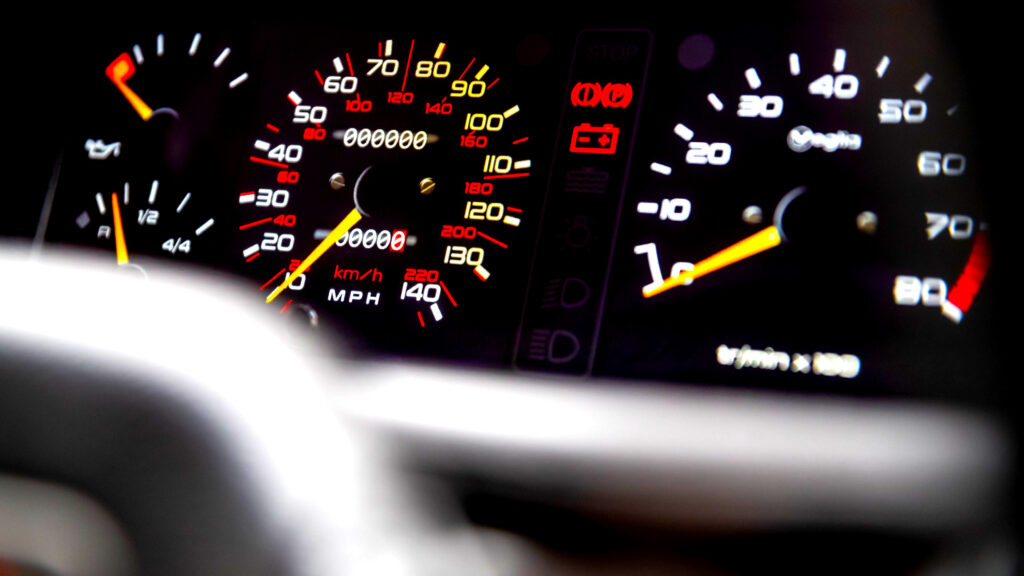Speed Trap Trouble

Honolulu’s venture into automated speed enforcement was meant to curb reckless driving, yet it’s turned into a new issue. The speed cameras installed across the city since early March have been flagging an astonishing 30,000 speed violations every week. This number is a wake-up call, starkly exceeding all tickets issued throughout 2024 over the whole island.
Warning Phase Extended
Originally, these speed traps were slated to start issuing real fines starting May 1. However, given their success at catching lawbreakers, the city is sticking to only sending out warnings, at least until October. Officials are adjusting to the sheer volume of speeders caught going more than 11 mph over the limit. Had the threshold been set lower, it’s conceivable the numbers would be far greater.
Impact on the Justice System
The potential burden on the justice system can’t be ignored. The courts just aren’t equipped to handle such an influx of cases. It isn’t simply about tracking down offenders; there’s a need to process and adjudicate each case. Keeping the warnings going until October gives both the public and legal system time to adapt.
Public Perception
Understandably, the community response has been mixed. Some aren’t convinced that those caught are truly endangering lives. A local motorist, Cathy Ehia, remarked the proposed $250 fine for a minor speed violation feels excessive, especially since many, including enforcement officers, might not adhere strictly to posted limits.
Road Safety Debate
Despite the noise, the Department of Transportation maintains that speed consistently contributes to almost half of all severe road incidents. Even so, the cameras are notably not positioned on highways, where accidents often occur, but rather at routine intersections. This odd choice is drawing skepticism from drivers who feel current speed limits may not reflect the realities of daily traffic.
Community Opinions
Local online discussions, especially on forums like Reddit, reveal a divide. One user mentioned how abiding by the 25 mph limit often makes them feel like a target among faster-moving traffic. Others suggest that the camera placements might not correspond to known accident hotspots, thus questioning their ultimate effectiveness.
Lessons from Elsewhere
One tongue-in-cheek suggestion referenced a bygone scenario in Colorado, where non-compliance by the entire town led to the cameras’ removal within two weeks. It illustrates frustration but also highlights an underlying desire for regulations that make practical sense to the majority.
The extended warning period presents a golden chance for a deeper evaluation of both the cameras and the limits themselves. The rollout of real fines, supposedly in October, remains a point of suspense for everyone living or driving in Honolulu.
Tesla's Q1 Setback
Volvo Cuts 800 Jobs
Mono R Hits Auction
Tesla Rethinks Approach
Performance Dream Team